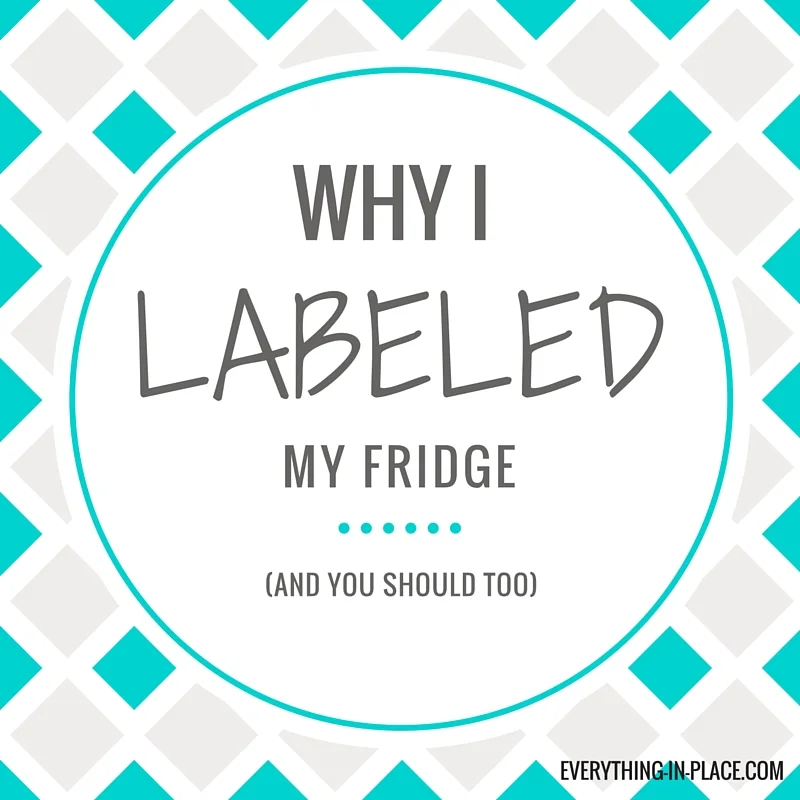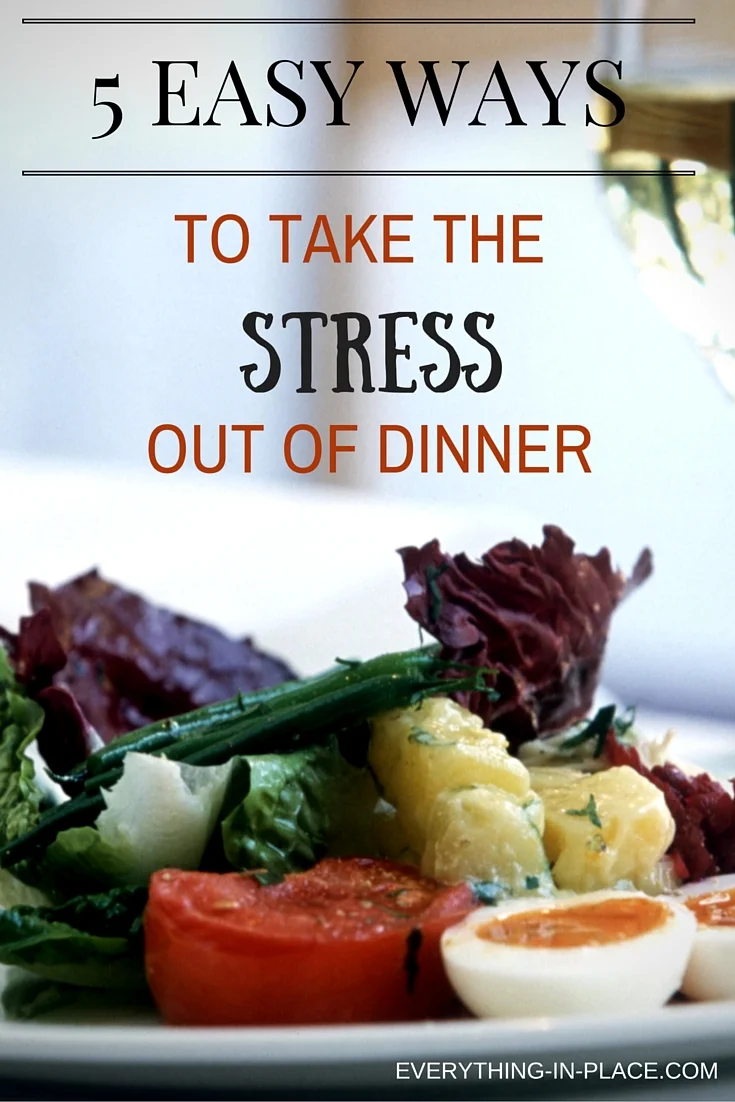As featured on Huffington Post
My garage is a perfect example of the benefits of labeling. I organized the shelving units so that it would fit all our excess pantry items, paper towels, toilet paper, soaps, you get the idea. But I didn’t label any of it. And now it’s a disaster. And worse yet, it’s my fault. You see, I know where everything goes, but I seem to be alone in that knowledge. It’s not a very long list but every well meaning person, my husband, my mother, etc that helps to put away groceries just guesses where to put stuff.
I often liken a lack of labels with asking someone to drive you somewhere and then not giving them directions and taking away all the street signs. You can’t really blame them for getting lost, right?
I see it with my clients as well. The ones that are able to maintain their organization are the ones that have a clearly defined space for everything. Either that or they live alone so they don’t really have to deal with anyone else messing up their system.
Even if you live alone chances are you will have people come to visit or stay in your home and throwing together a few labels is more enjoyable that gritting your teeth as your guest opens the pantry to be helpful and put the cookies away where (gasp!) the crackers go! I saw this in action just recently when my extended family was “helping” to put away food after I had them for dinner and they opened my fridge (which I had just finished organizing into labelled food zones) and they knew exactly where everything should go. Success!
When people think of labels their minds go to those boring black on white labels that print out out of a label maker. Fine for an office; boring and plain for your home. Your organizing system should flow with your personality and your home decor. Here are some fabulous alternatives to boring labels:
Chalkboard Labels
They’re cute, have a vintage feel and are completely reusable. What is not to love? Up your label game by using a chalk marker instead of regular chalk and you eliminate the dusty mess. I especially like these labels for transitional spaces, like off-season clothes or shoes. Pro-tip: while the dollarstore labels may seem like a good deal I have recently discovered that my original writing got permanently absorbed into them, rendering them not reusable. Try to go for good quality labels instead.
Customized Printed Labels
I buy full sheet clear decals and then write out my labels in MS Word and print them. You can easily customize the size and font. I noticed that they can be a bit incompatible with water ( a definite issue as I wipe down everything all the time), but this can be easily overcome by sealing it with some clear Con-Tact shelf liner.
Gift Tags
I have come across some extremely cute gift tags, especially around Christmas time. These colorful pieces of paper can make fabulous labels. Just write on them with a black permanent marker, or you can print out labels on a label maker using the clear tape.
Washi Tape
This is another item that comes in a slew of awesome colors. You can easily convert them into labels with a Sharpie or labelmaker label, again printed on clear tape. I love using washi tape anywhere you would use a traditional label. The fun colors can really brighten up the space.
Picture Labels
I organize a lot of playrooms. I also organize our playroom a lot. For all the non-readers out there these are my go-to label. Just find the right image online (Lego, superheroes, Mr Potatohead, etc) and print them out. Depending on the type of storage container they're going on I will either use full sheet sticker paper or I’ll use regular paper and laminate them for extra durability.
Key Tags
Not just for keys anymore! These smaller labels can be great for jars or other smaller items. Just attach the ring to an elastic or some twine and you’re done. They are generally pretty inexpensive and easy to find as well. Check out your local office supply store and you’re sure to get your hands on them.
The bottom line is that there are plenty of alternatives to the standard label and you really need to choose what works best for your lifestyle. Whichever type you decide on just remember to label things the way you identify them. Because you don’t really have time to waste looking for your things!
Happy Organizing and Labeling!










